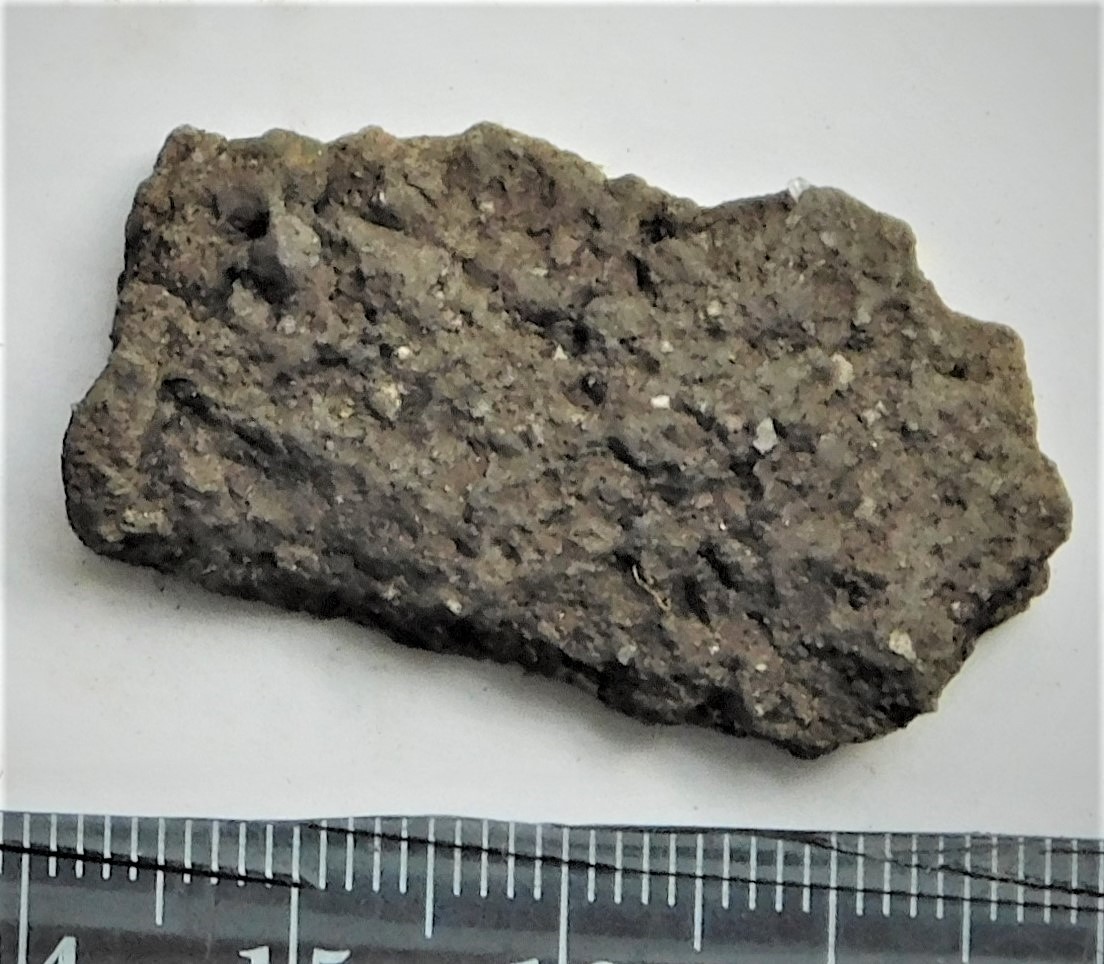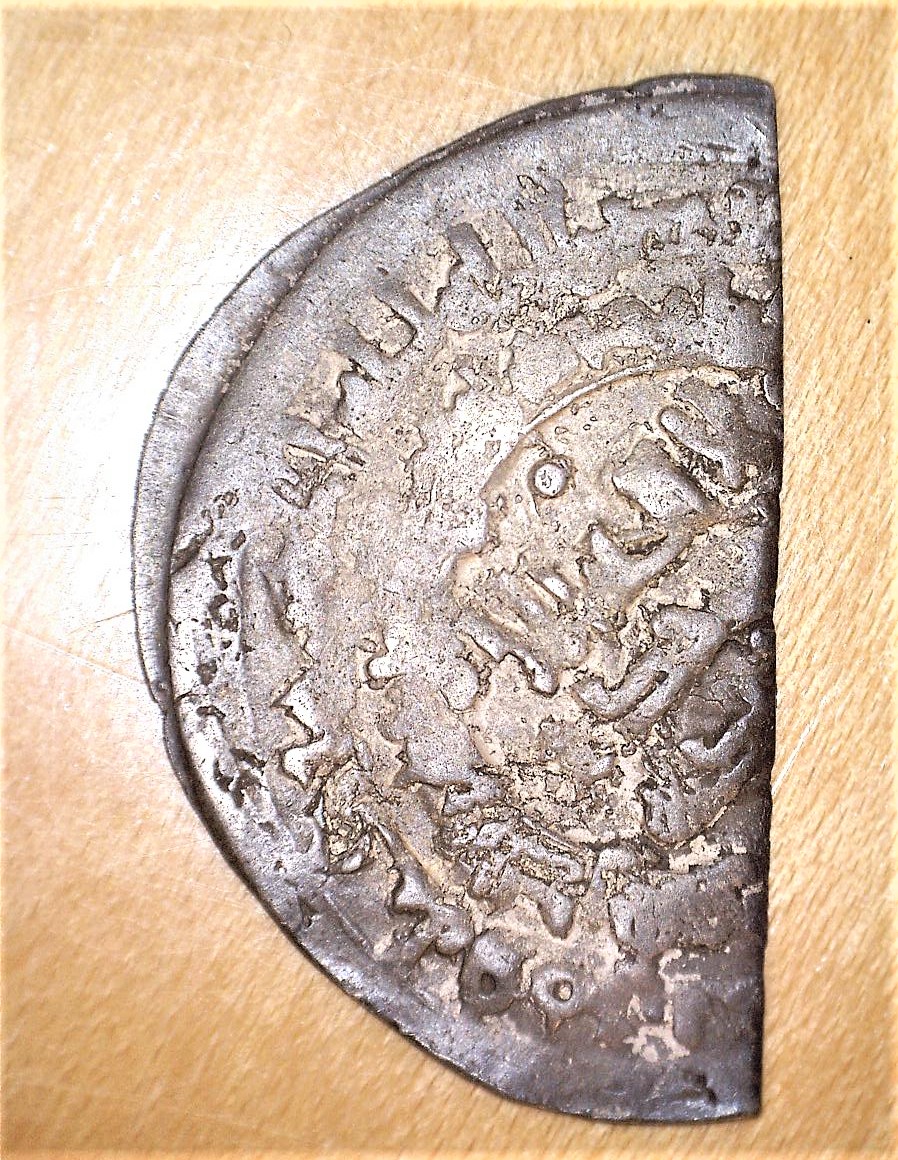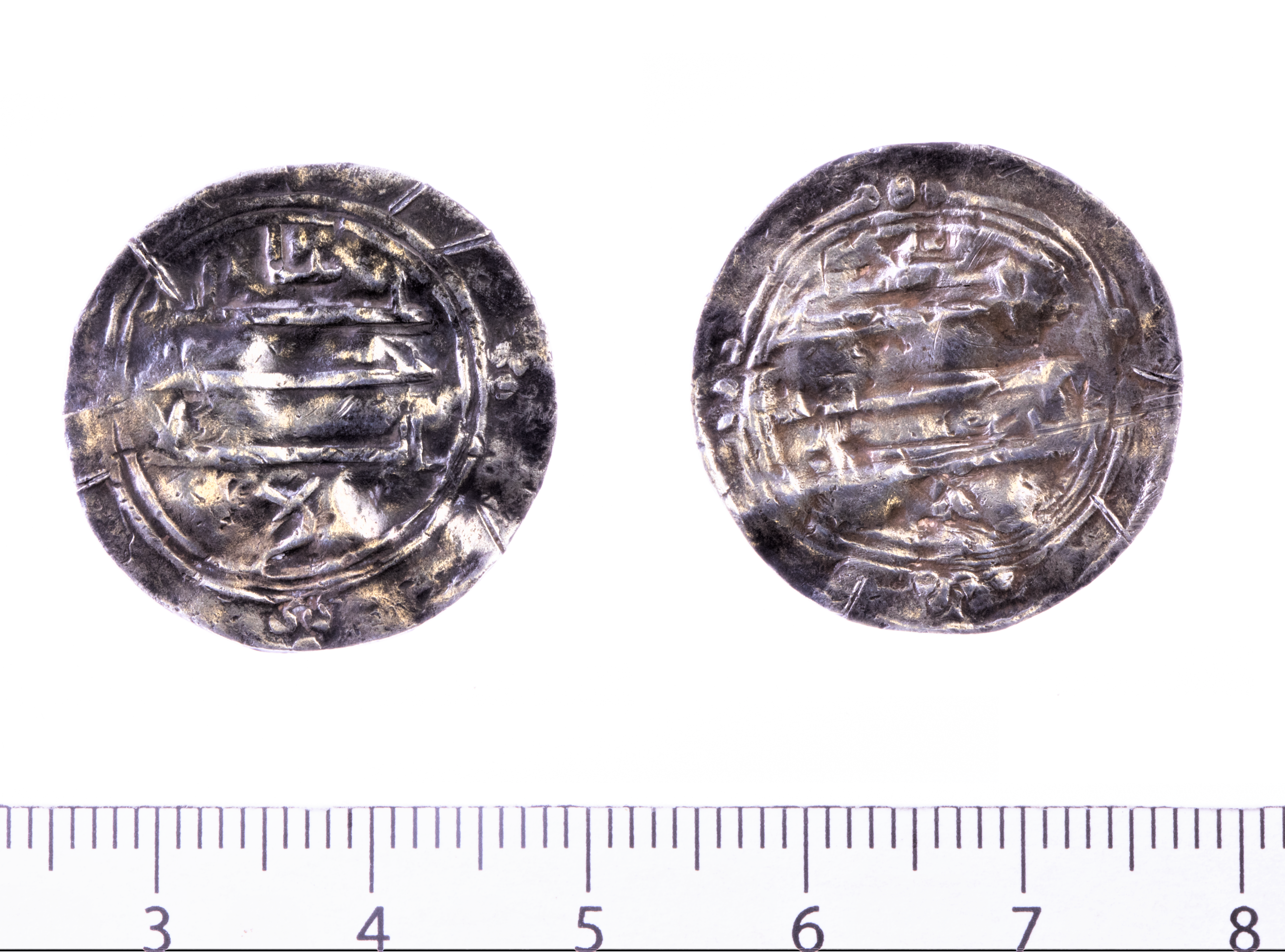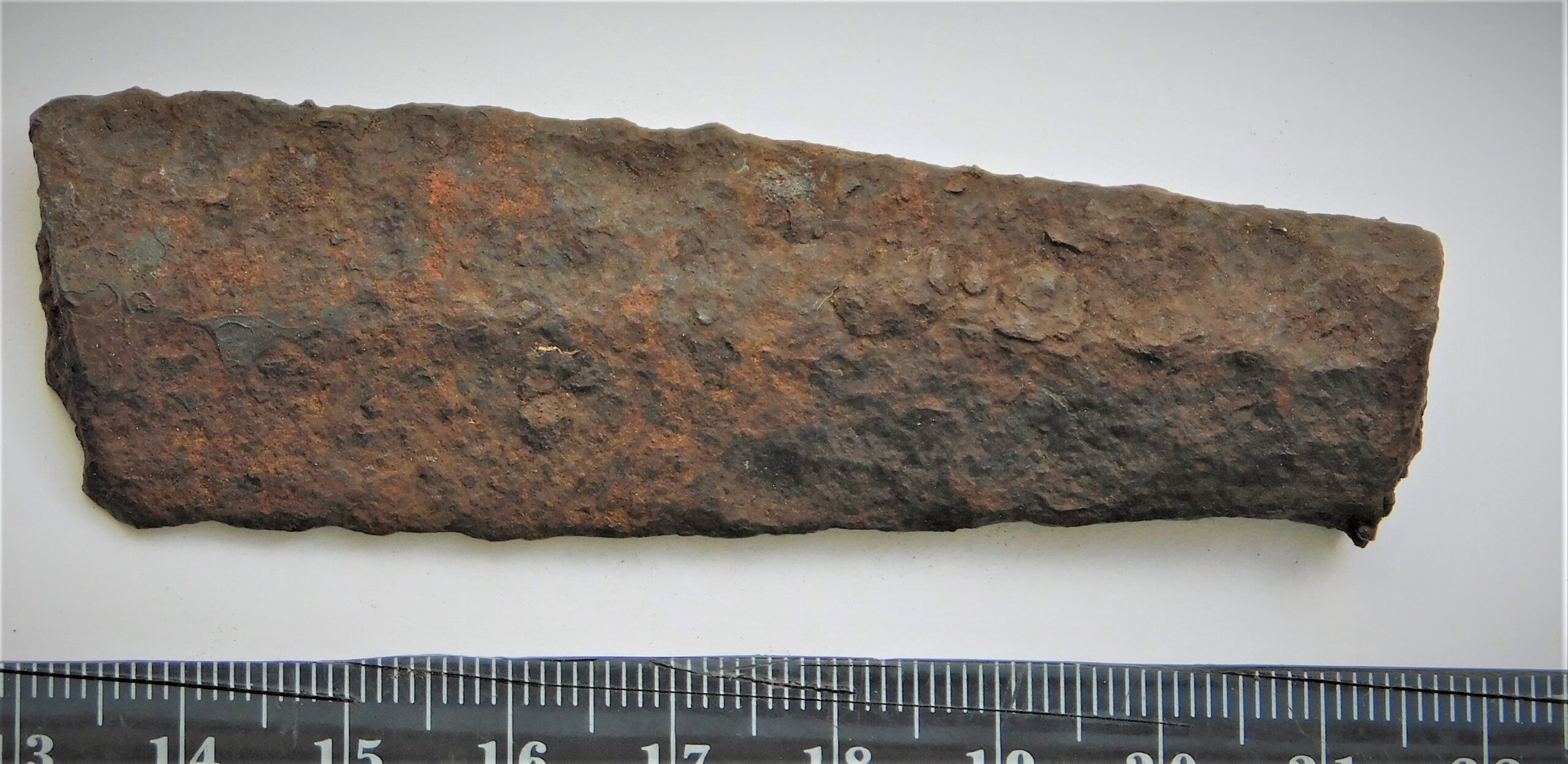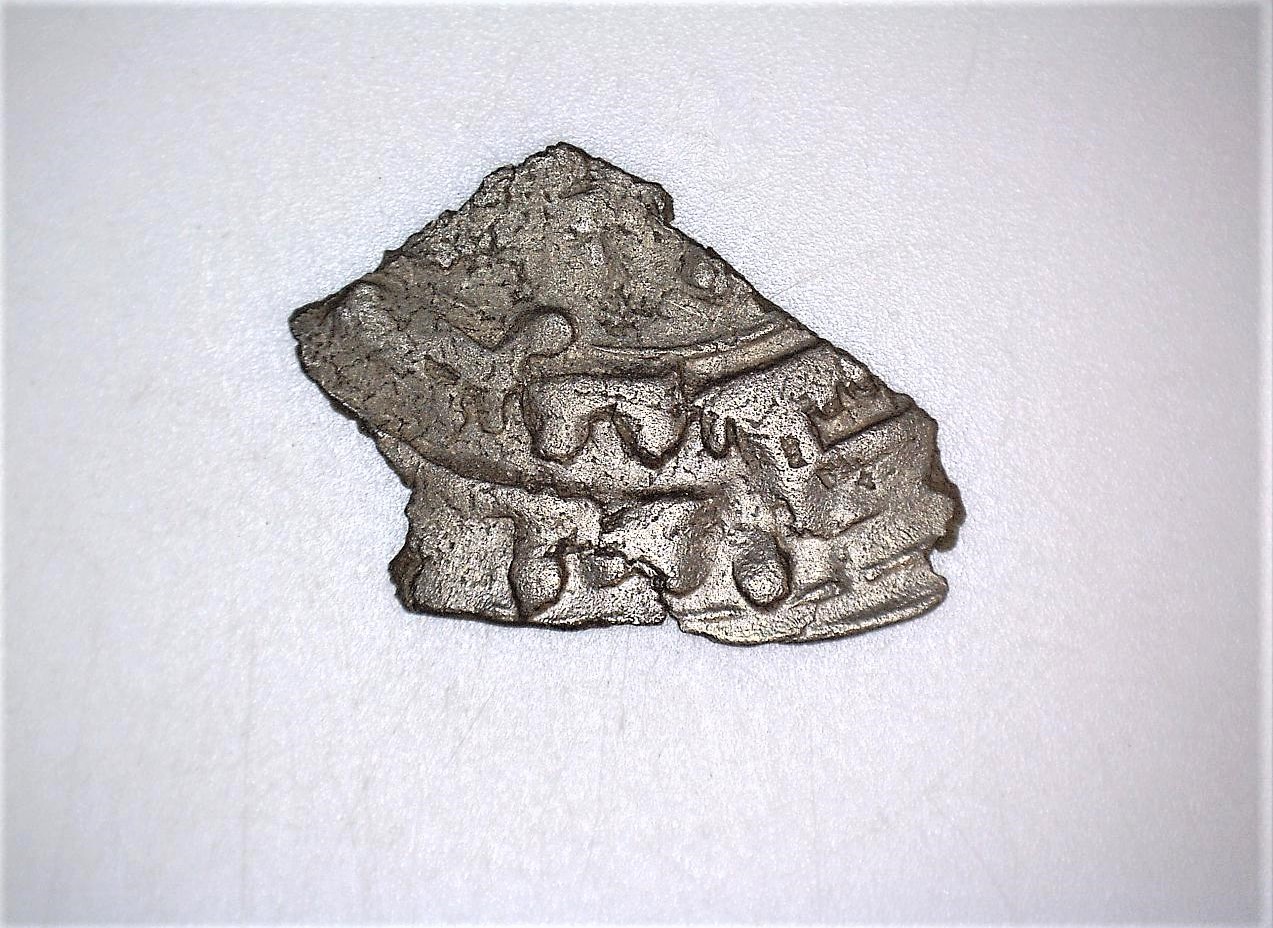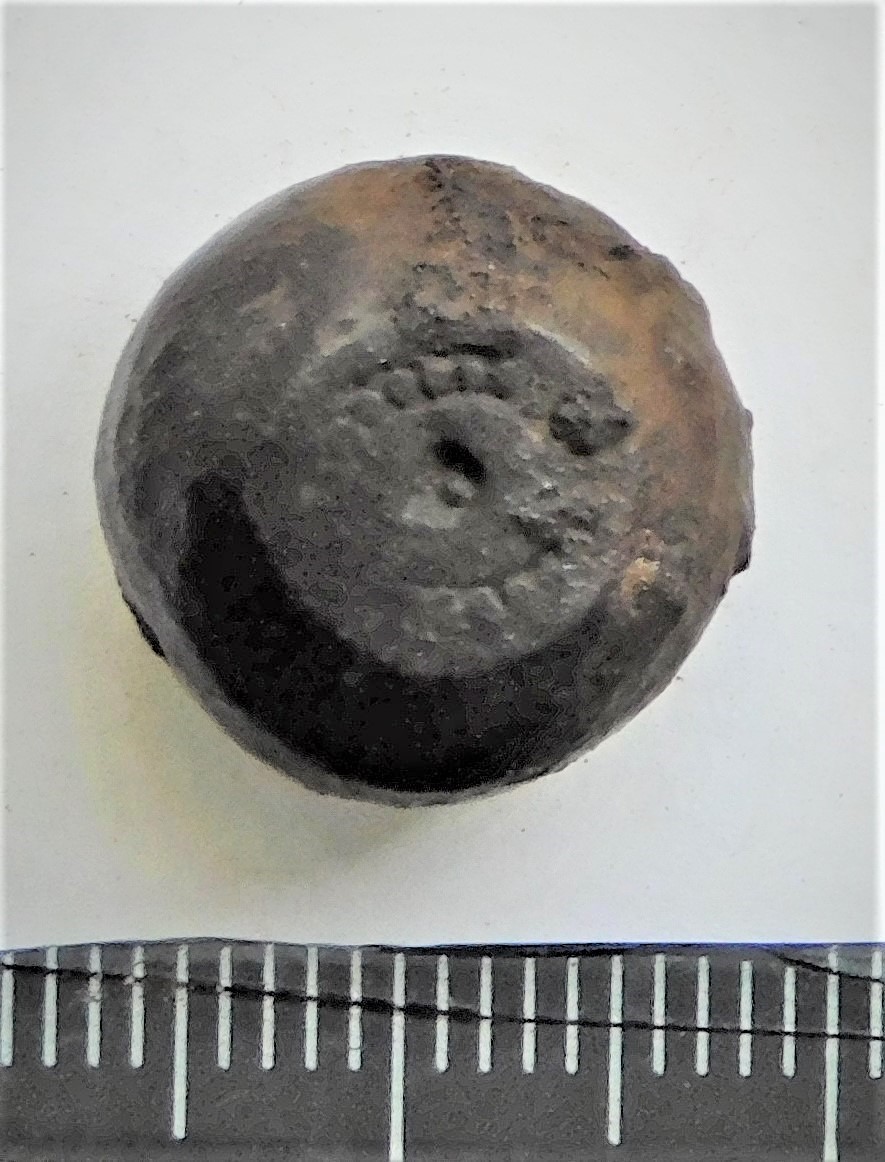Database
Our database is free to use for all history and archaeology enthusiasts. If you use our database, please do not forget to cite correctly:
Mägi, Marika; Palm, Piia Sandra. Archaeological Artefacts of Saaremaa. Foundation Osiliana / Tallinn University. Accessed: date.
The Osiliana Archaeological Database presents artefacts from Saaremaa and the surrounding small islands.
The database contains mainly Iron Age and Medieval finds that can be classified.
Undated metal or other pieces were generally excluded from the database.
Ceramics are represented by isolated examples.
The database is a work in progress and is constantly being updated.
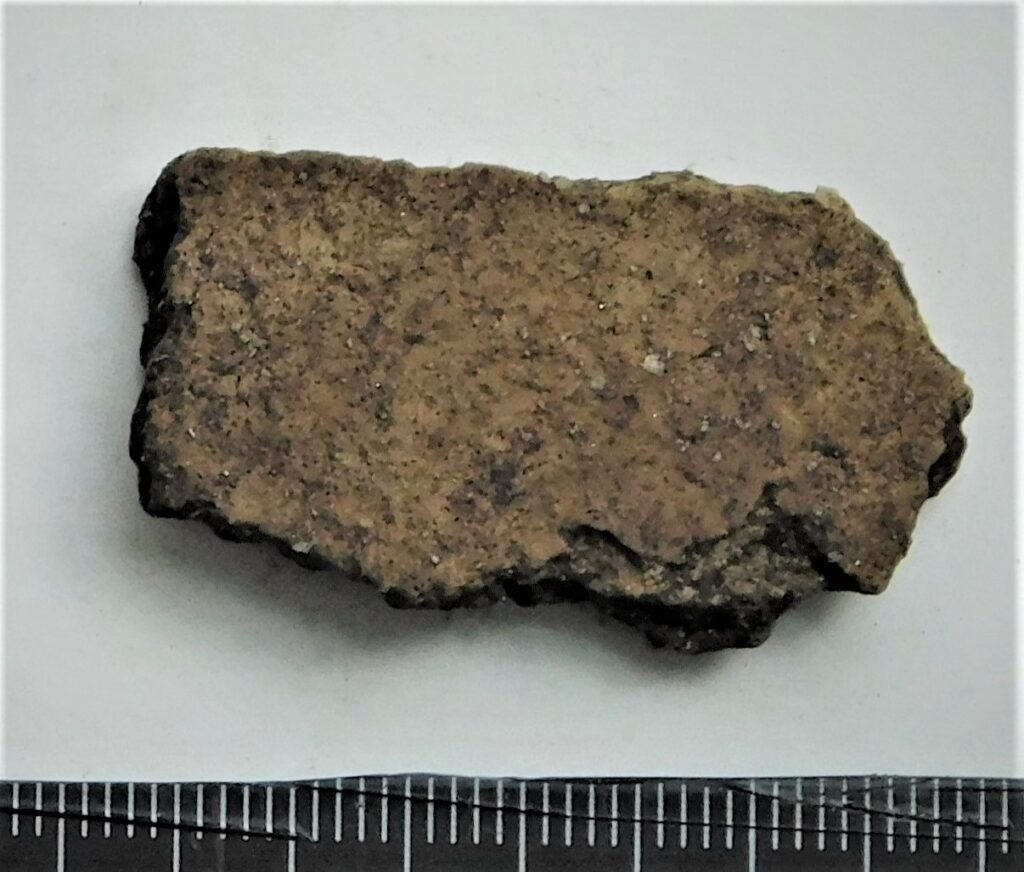
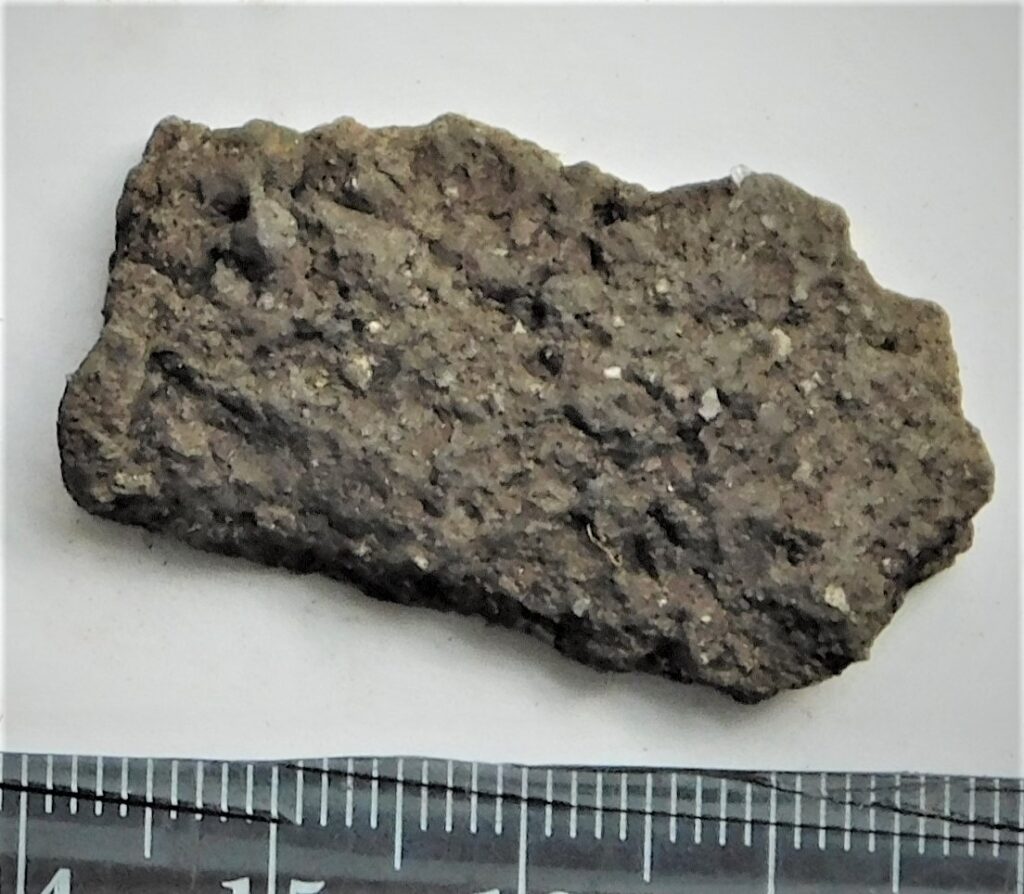
Potsherd.
Mullutu
The half of a coin, silver. Samanid dynasty, Nuh ibn Nasr. 1.8 grams, year 331-344 (Islamic calendar).
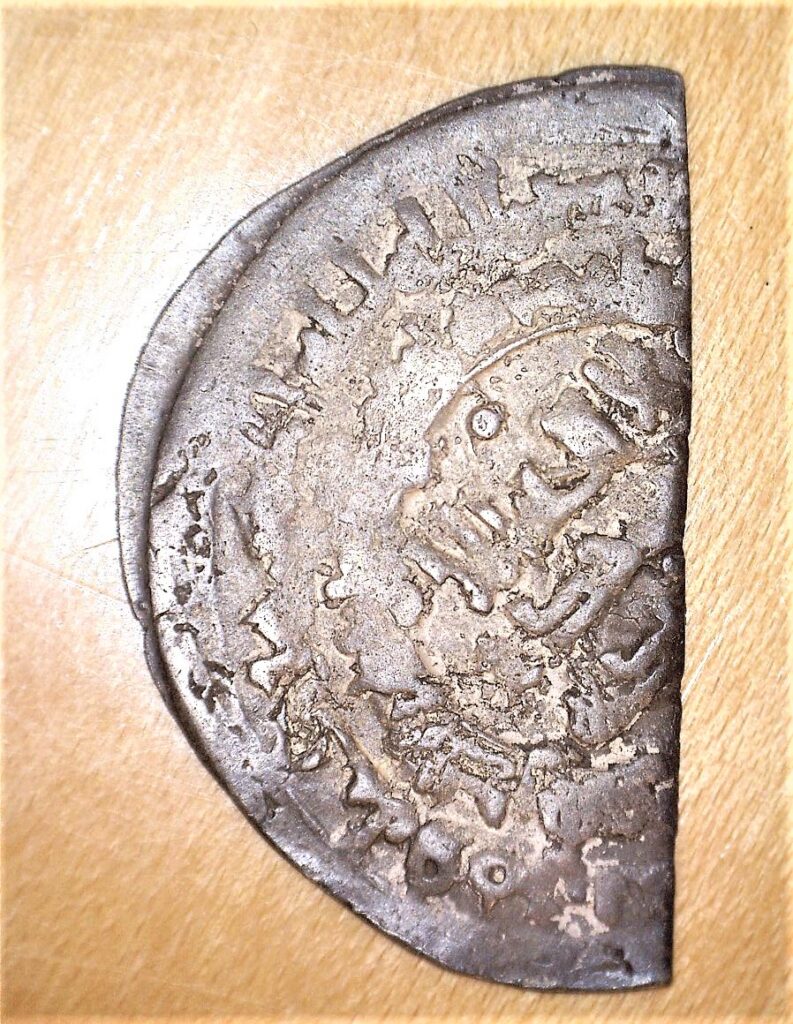
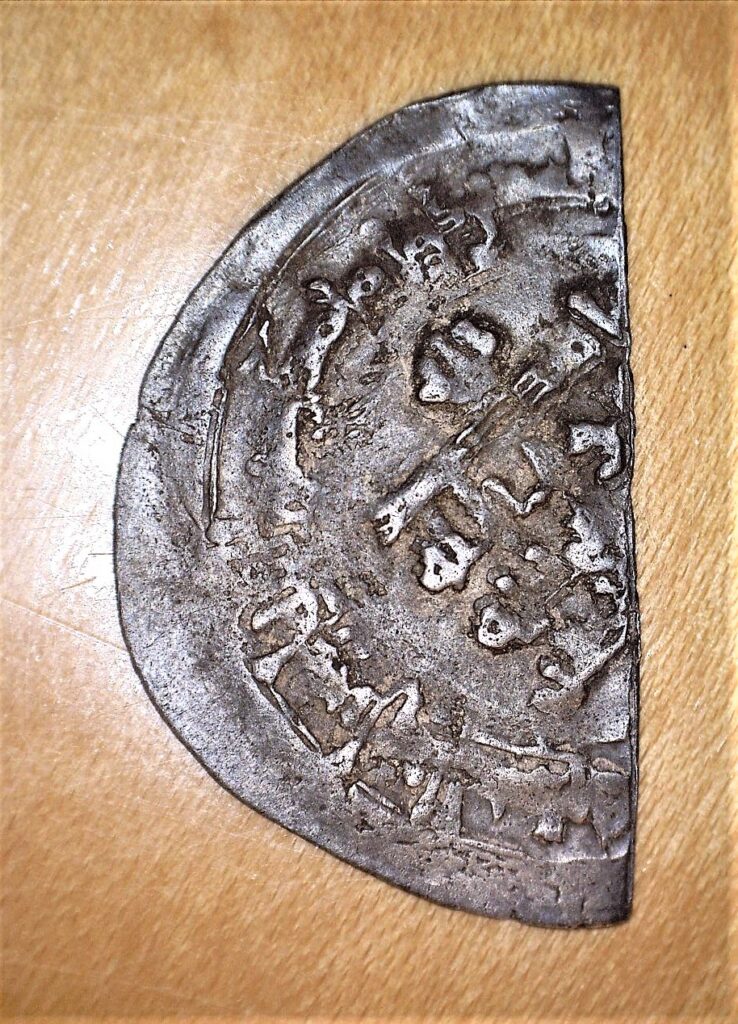
The half of a coin, silver. Samanid dynasty, Nuh ibn Nasr. 1.8 grams, year 331-344 (Islamic calendar).
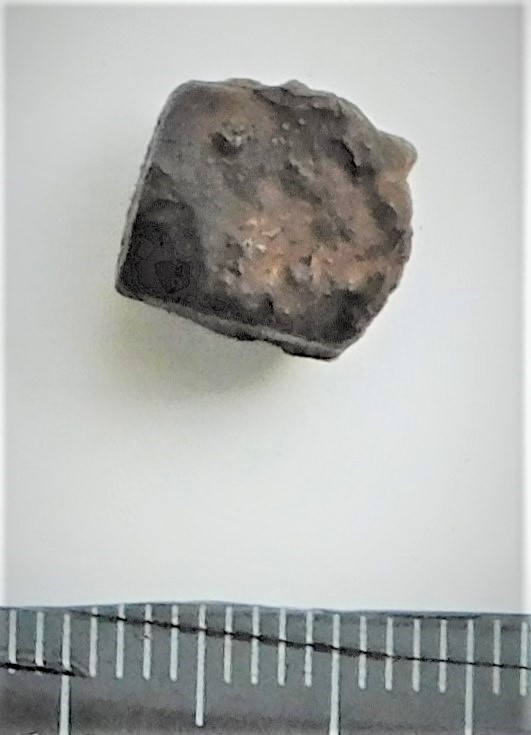
Octagonal weight, iron+bronze. Such weights can mainly be dated to 850-1000 AD.
Literature:
Gustin, I. 2004. Mellan gåva och marknad. Handel, tillit och materiell Kultur under vikingatid. – Lund Studies in Medieval Archaeology, 34. Malmö, Almqvist & Wiksell, 100-107.
Mullutu
Fragment of a coin. Samanid dynasty, 0.51 grams.
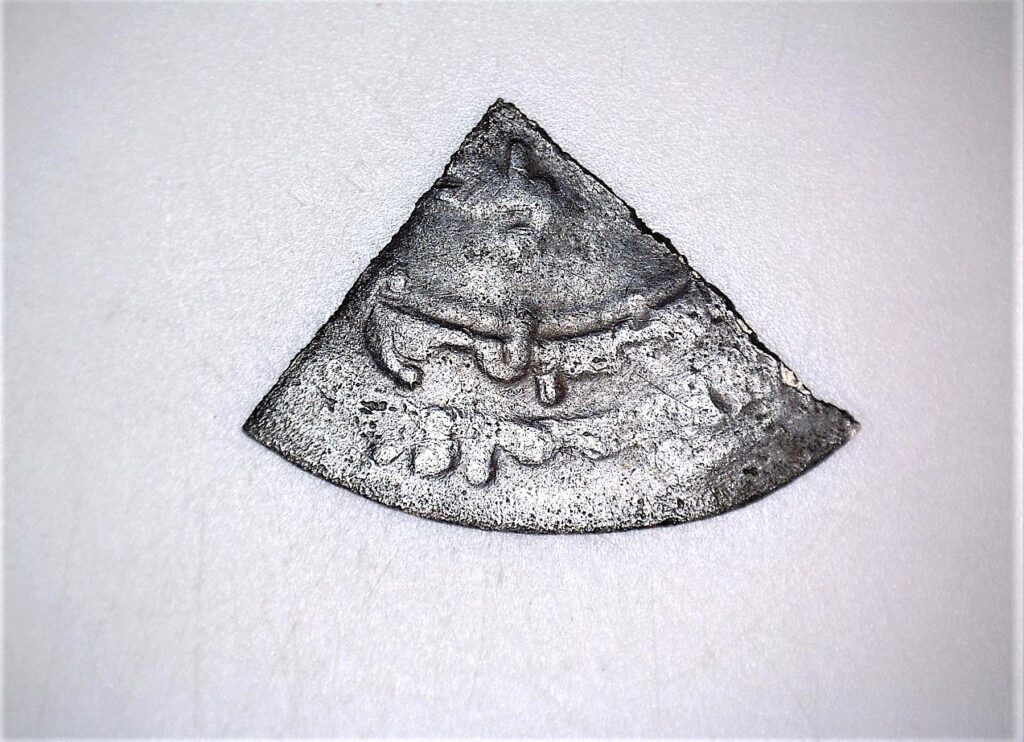
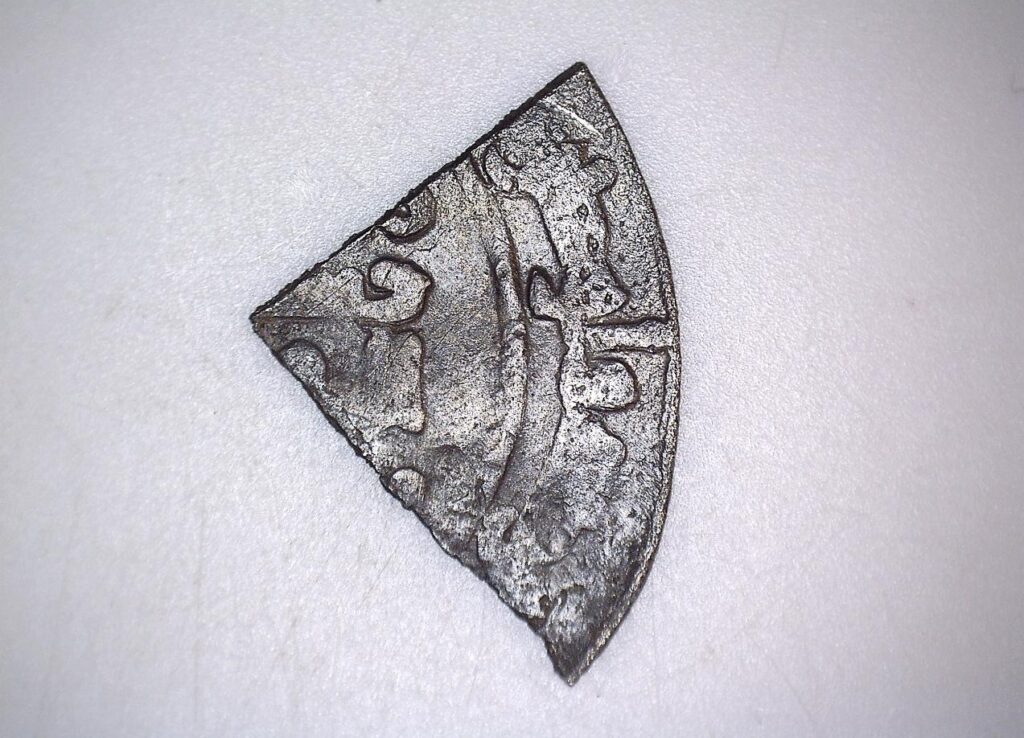
Fragment of a coin. Samanid dynasty, 0.51 grams.
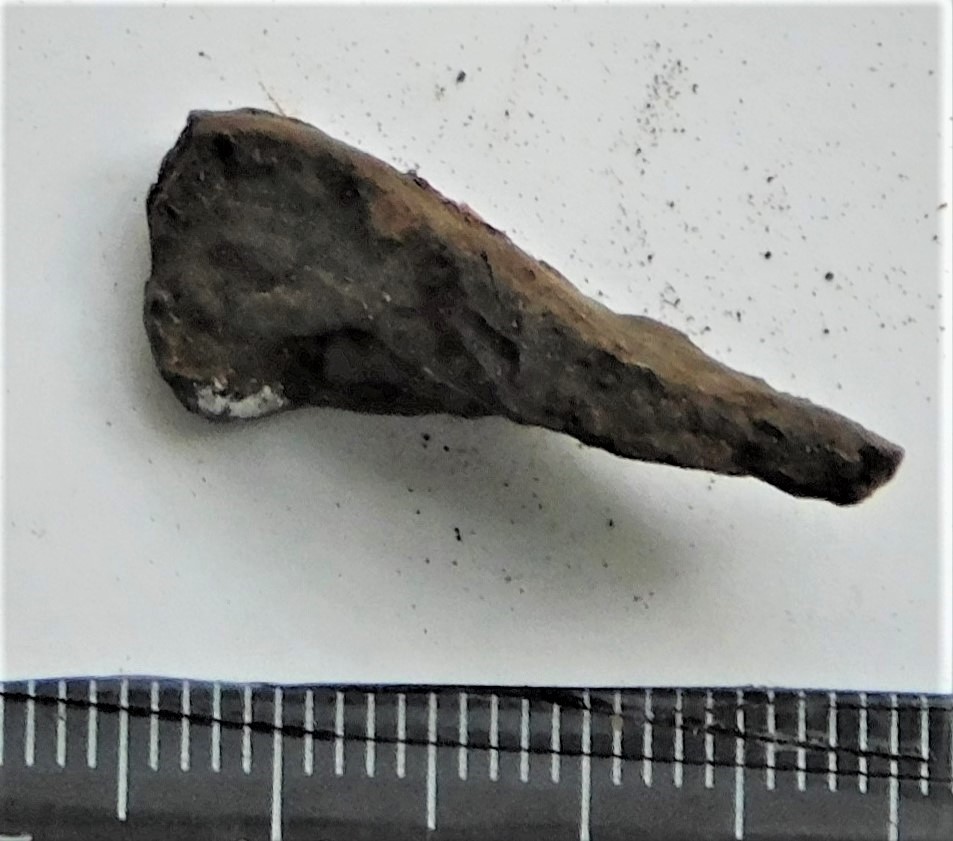
Mullutu
Artefact fragment, iron.

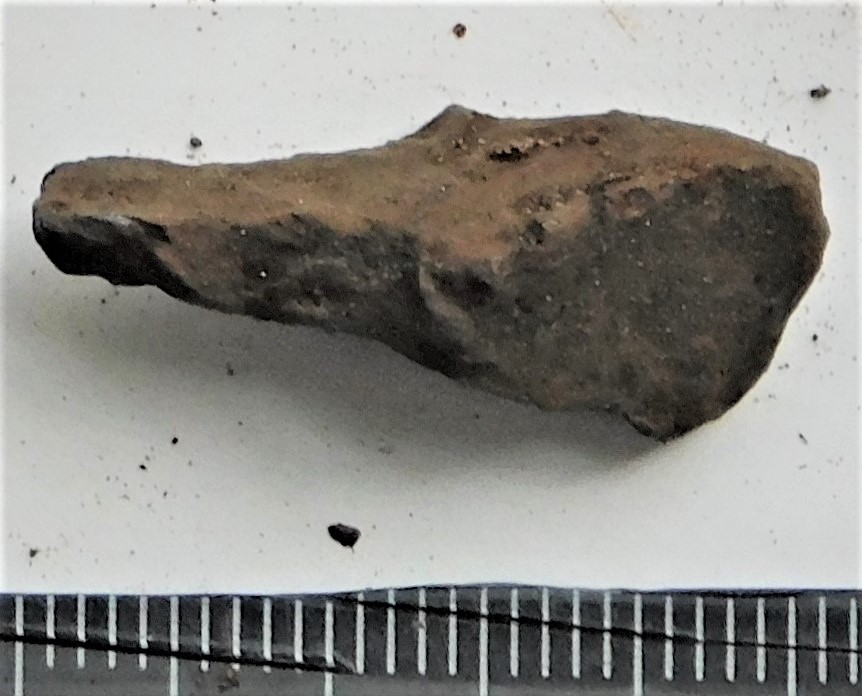
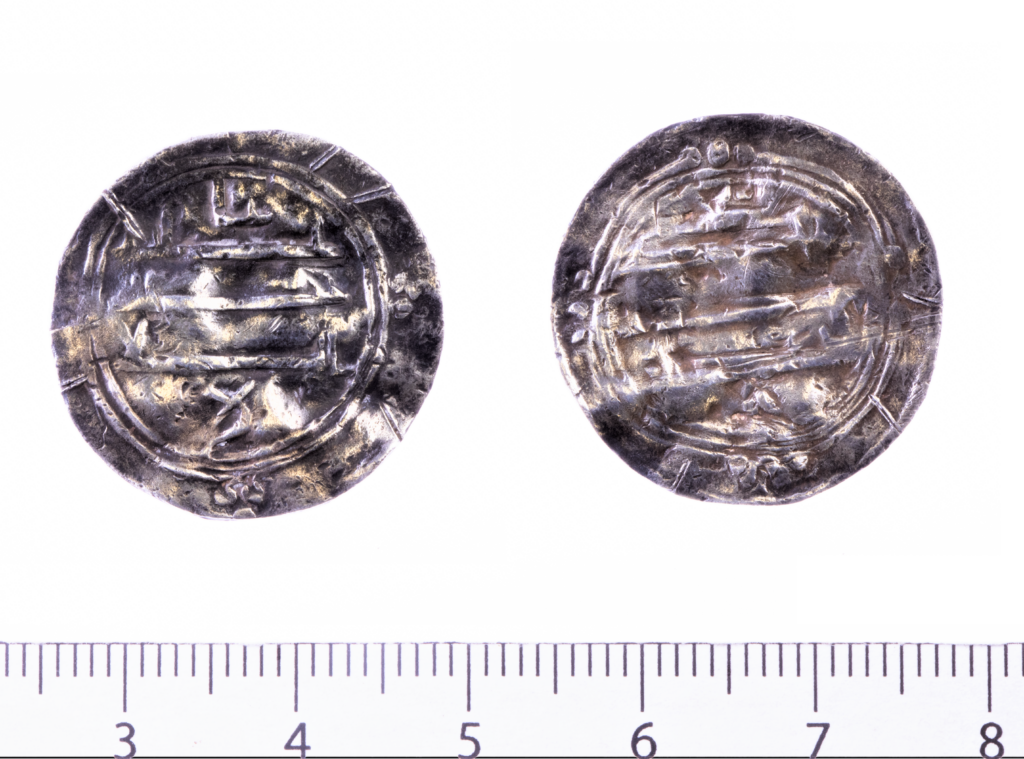
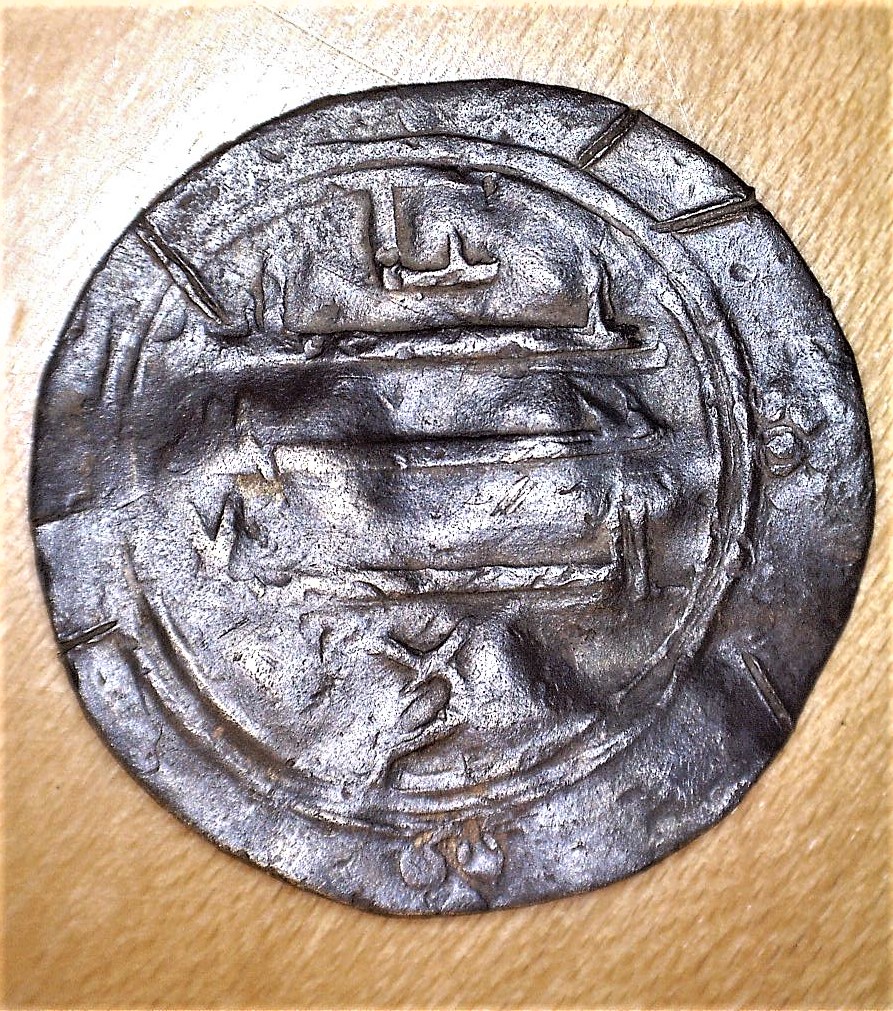
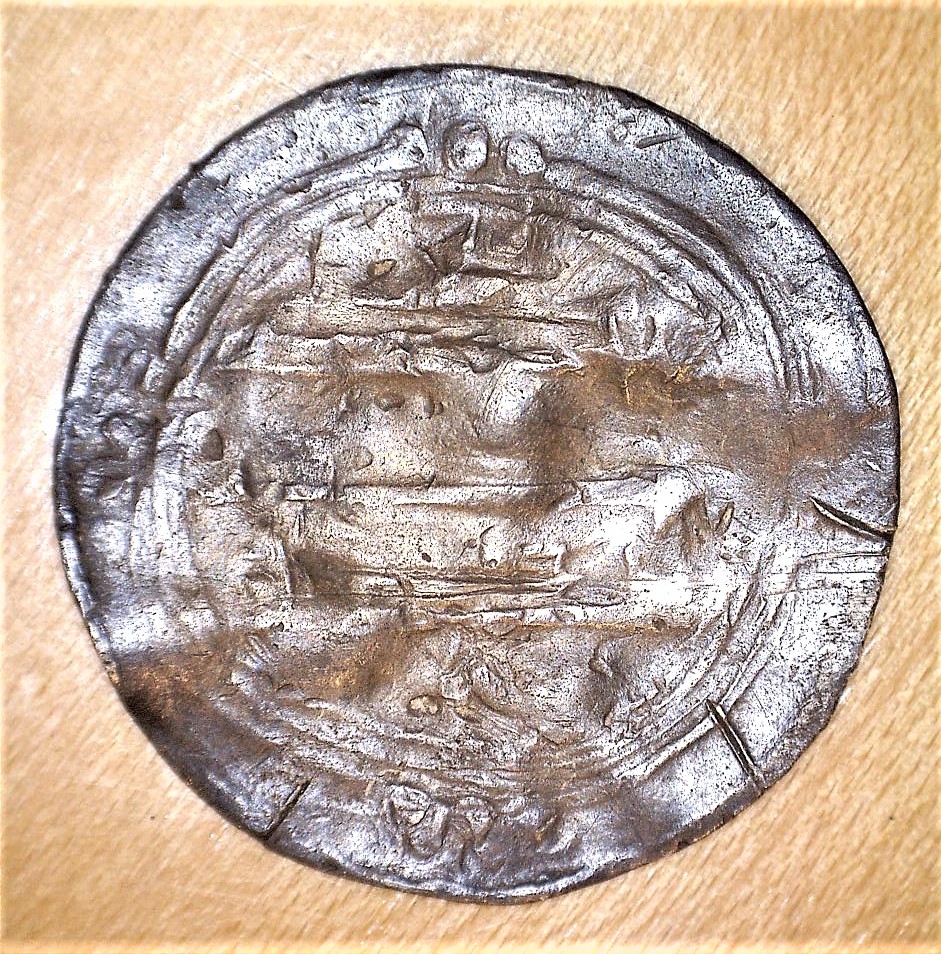
First photo: Jaana Ratas.
Post-Abbasid dynasty coin, 2.55 g.
Mullutu
E-type spearhead, fragment of the blade.
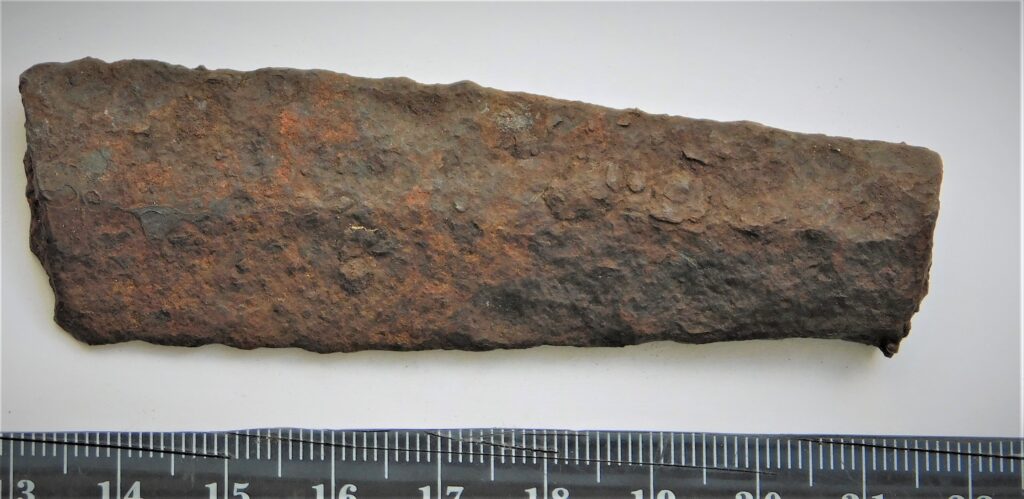
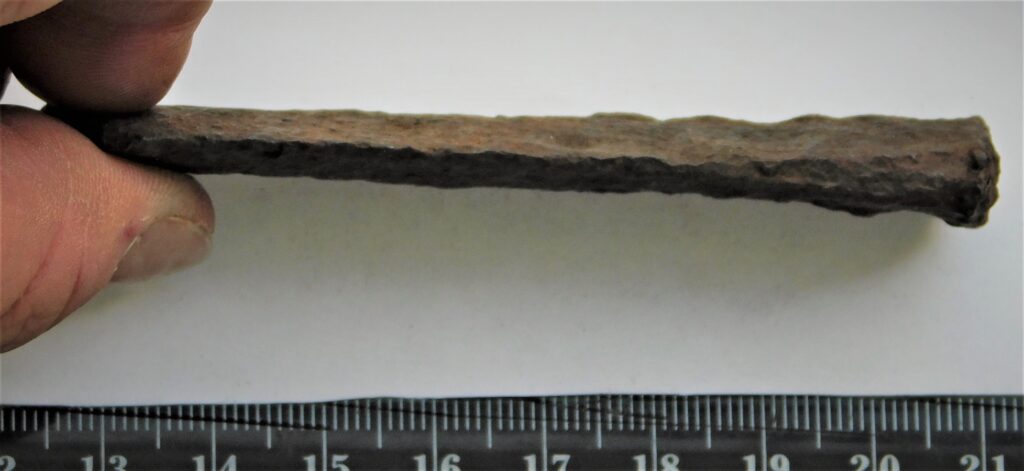
E-type spearhead, fragment of the blade.
Literature:
Pedersen, A. 2014. Dead Warriors in Living Memory. A Study of Weapon and Equestrian Burials in Viking-Age Denmark, AD 800-1000. – National Museums Studies in Archaeology and History, Vol. 20: 1. Copenhagen, 92-93.
Mullutu
The fragment of a coin. Samanid dynasty, the town of as-Šaš-i (?) 0.38 g.
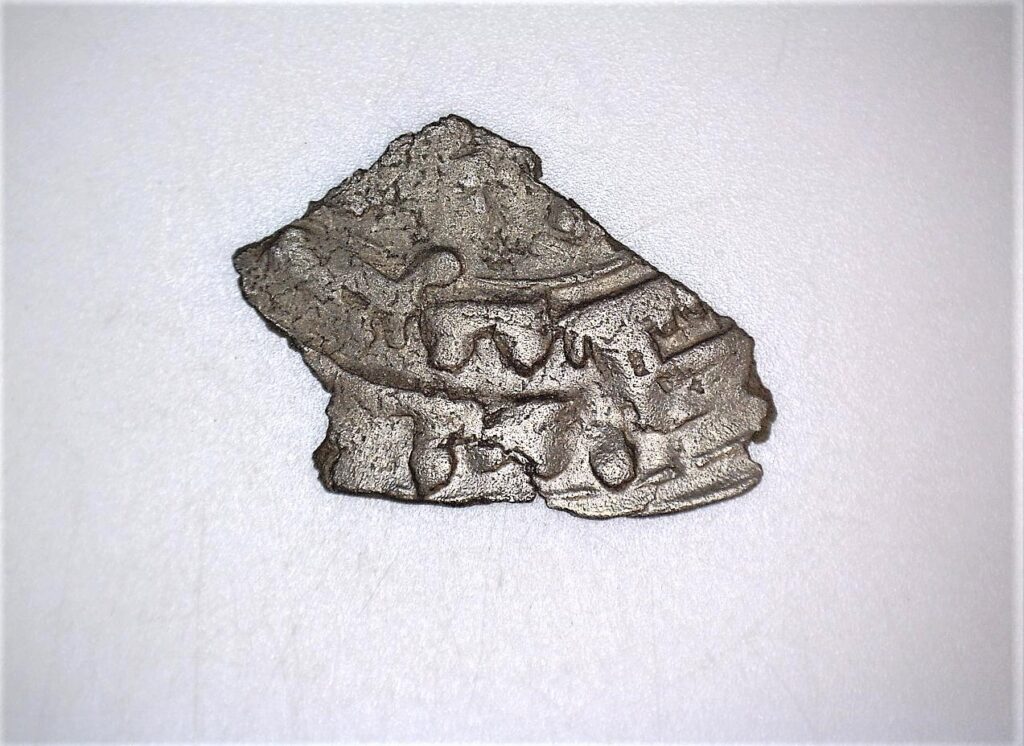
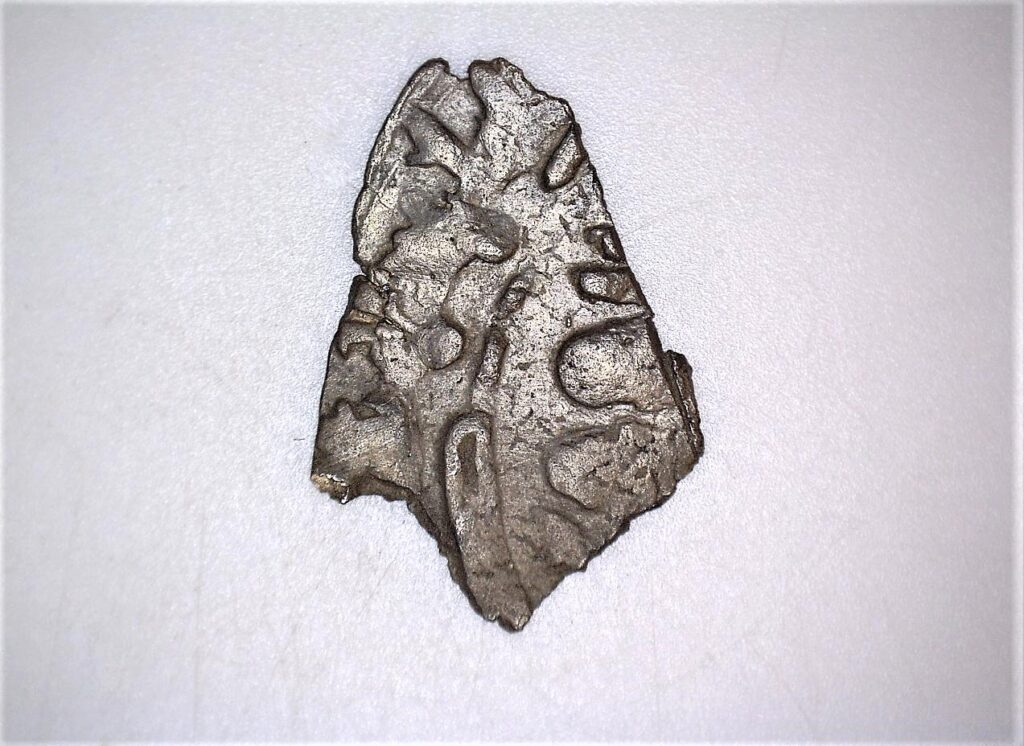
The fragment of a coin. Samanid dynasty, the town of as-Šaš-i (?) 0.38 g.
Mullutu
Spheric weight, iron + bronze. Faces marked with line formed of small rings.
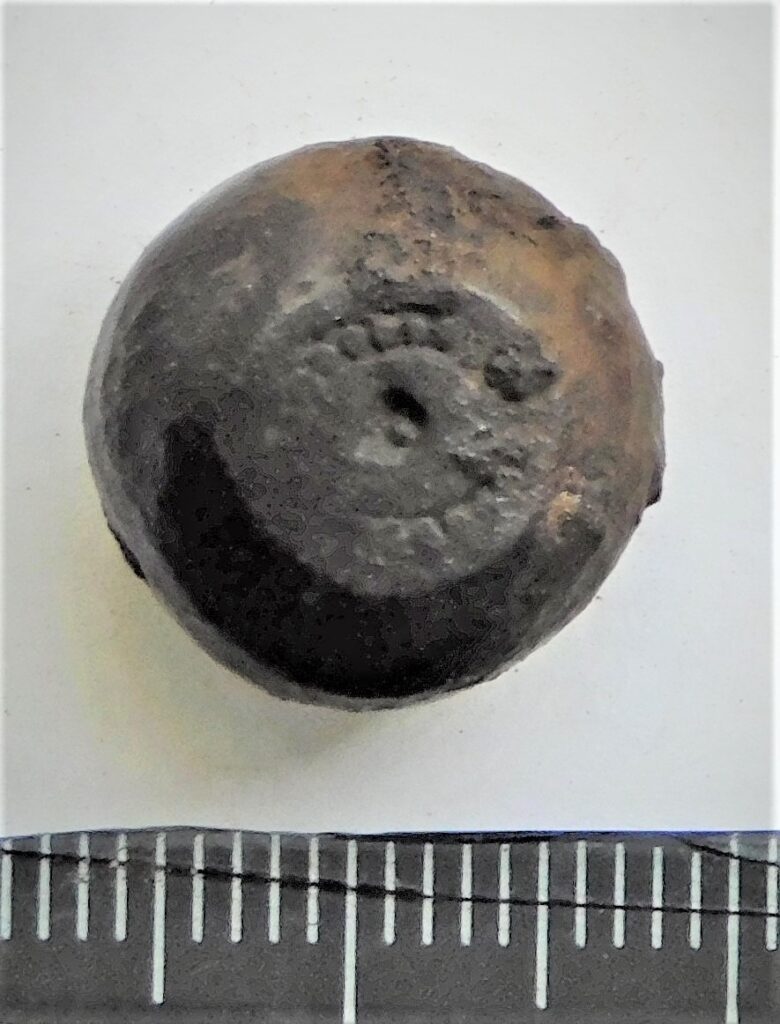
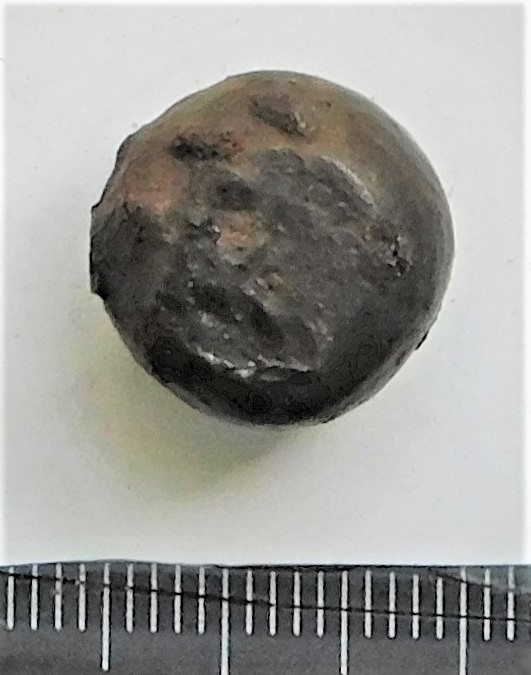
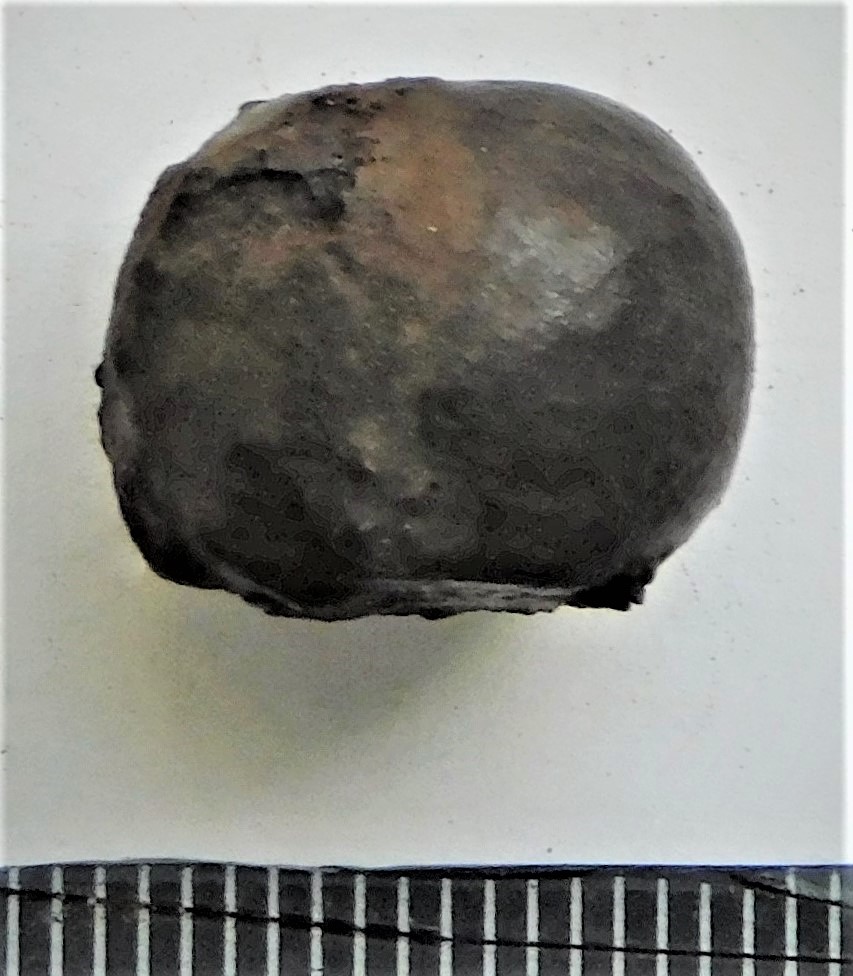
Spheric weight, iron + bronze. Faces marked with line formed of small rings. Probably from the end of the 10th or from the 11th. century (Berga 2017).
Literature:
Berga, T. 2017. The distribution and chronology of traiding equipment in present-day Latvia in the tenth to thirteenth centuries. – Archaeologia Baltica, 24, 59-77.
The negative value refers to time Before Christ.

